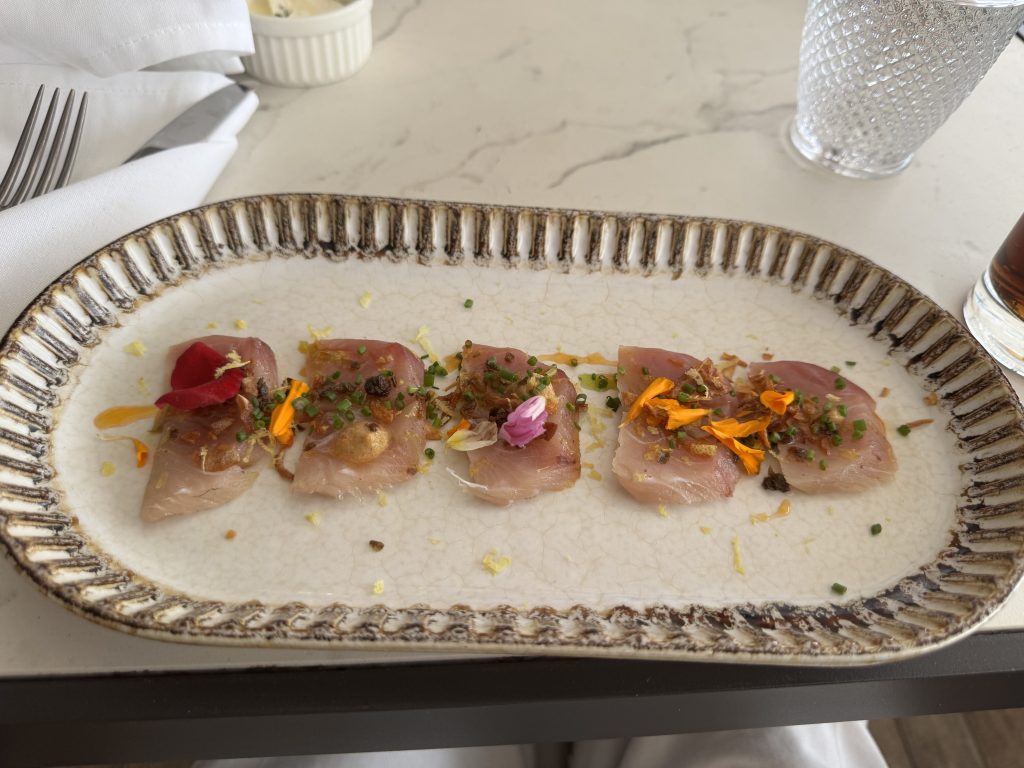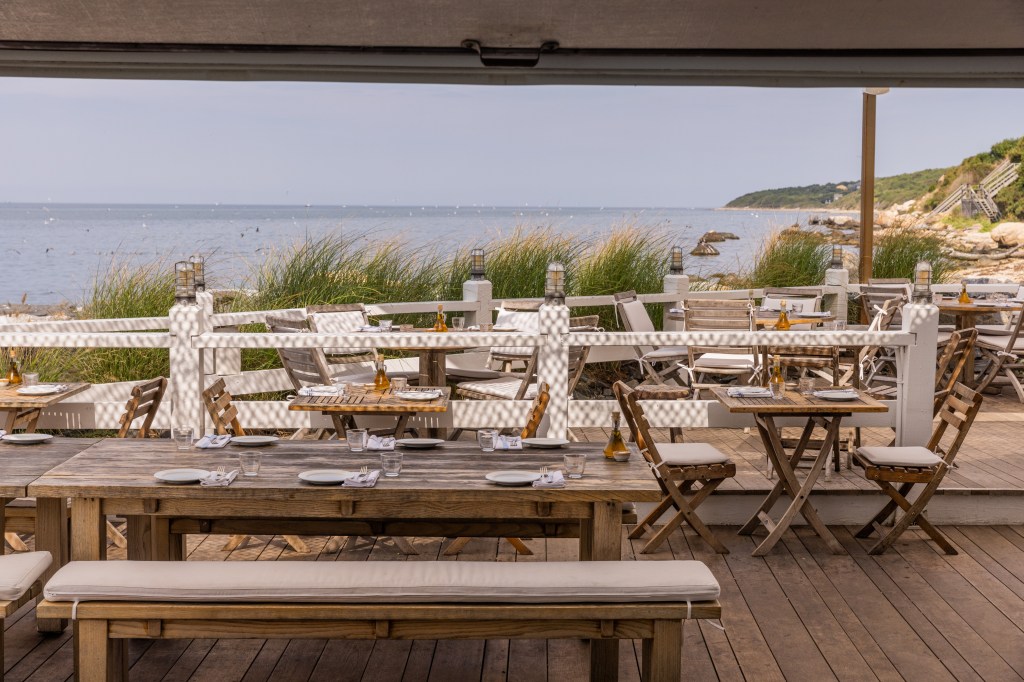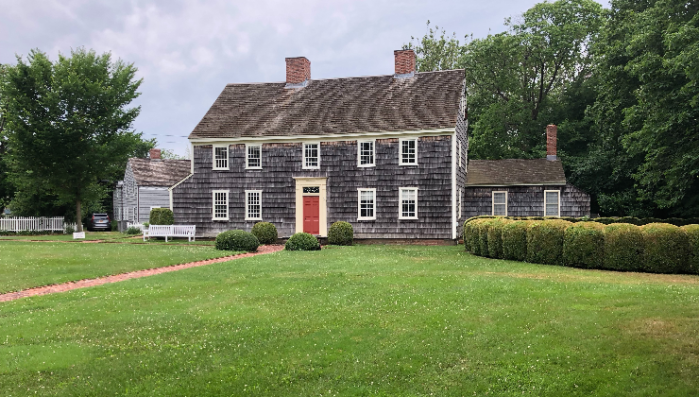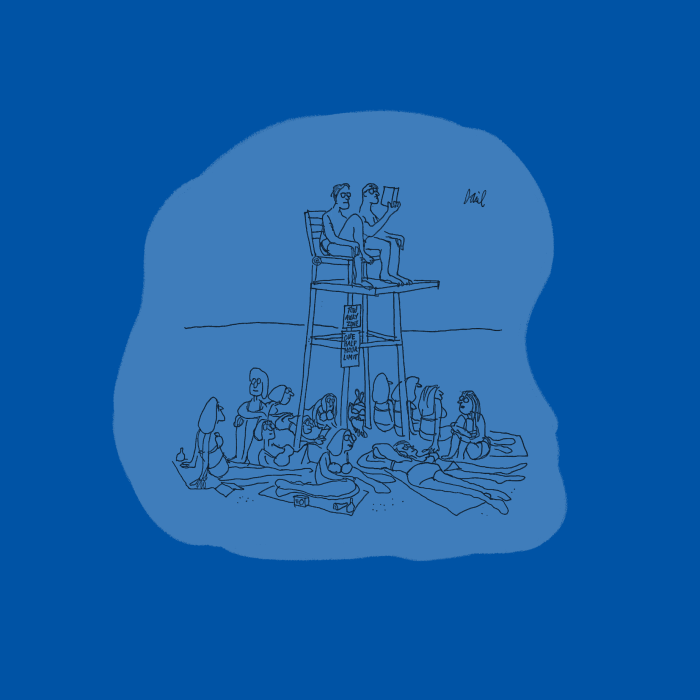A Feast for the Senses at Lavender By the Bay
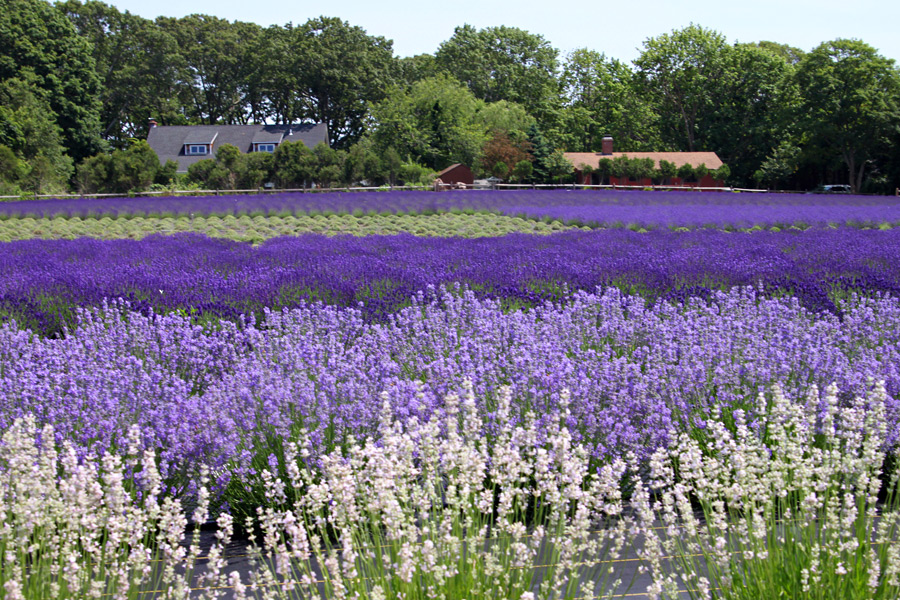
During a recent interview, Chanan Rozenbaum, son of Susan and Serge Rozenbaum, was weeding in his lavender fields. Even though the blooms are yet to appear on all of the woody plants, there’s much work to be done to prepare the 17 acres of lavender that grow on their family farm in East Marion, on the North Fork of Long Island.
Chanan didn’t always plan to go into the lavender business, though in retrospect it makes sense. At the Rozenbaum’s summer house in the dunes in Southold, the only thing that grew well in the sandy soil was lavender. And in fact, it grew so well they had plenty to spare. They started a roadside lavender stand for fun.
“My mom would make sachets,” Chanan says, “and we’d make bunches, and set up a picnic bench in front of the house. Then we’d go to the beach, and when we got home, there’d be money in a jar.” After a while, his dad bought an acre of land to grow lavender. It has since grown to 17 acres.
They grow French and English lavender on the farm, and there are three times of bloom. The English lavender blooms twice: once at the end of June and then again at the very end of summer. The French lavender blooms once, in early July. If you go to the lavender fields at that time, the aroma is arresting.
“When it’s blooming,” Chanan says, “it’s a sea of purple.”
There is some variety in the colors, though. There are pink blooms, white blooms, and various shades of purple. Some plants are tall and others short. When they’re in bloom, these varieties roll into each other and give this effect of ocean waves.
The soothing effect of simply looking at a lavender field may be dwarfed by the soothing experience of taking a deep breath. Lavender has been lauded for centuries for its healing, calming properties. The essential oil is in the bud.
“Lavender is best in its dried state,” Chanan says. “If it loses its fragrance, you just pinch the bud.”
He brings his lavender products to farmers markets in the city regularly, like the one in Union Square.
“Every time someone walks by you hear them comment,” he says. “They’ll say, ‘I love lavender.’ There’s something about it. It has a visceral effect.”
Lavender By the Bay doesn’t do farmers markets on the East End because, for people who live locally, it’s really worth the trip to East Marion. You can go to the farm, walk through the fields and see the bees.
“Our honey is exquisite,” Chanan says. “The bees pollinate the lavender, and that’s how we get lavender honey.”
Many purveyors of lavender honey soak lavender in their honey, but the delicate flavor from Lavender By the Bay is attained through that natural process of pollination. The lavender honey is ready at the end of July and in early August. They used to have a waiting list. Now, they offer it on a first-come, first-served basis because the waiting list got so long.
Every spring the farm offers lavender plants for sale so you can plant lavender of your own. When planting lavender, there are three basic rules to live by.
“Lavender needs lots of sun, soil that drains and a haircut at the end of the season,” Chanan says.
It grows great in the sandy soil on Long Island, and lends a multi-sensory experience to the garden.
For Chanan it’s a joy to be back to the family business.
“This was the ultimate calling,” he says. “As stressful as it can be [running a business], I am standing in a lavender field right now, so how bad can it be?”
Lavender By the Bay is located at 7540 Main Road in East Marion. Visit lavenderbythebay.com for more information.

